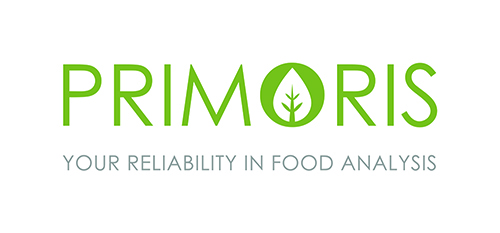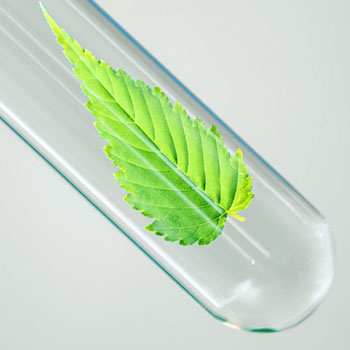|
 |
Newsletter #9 |
|
|
2015 EU report on pesticide residues in foodSource: official press release EFSA This month, EFSA has published the 2015 European Union report on pesticide residues in food (full report). Food consumed in the European Union continues to be largely free of pesticide residues or to contain residues that fall within legal limits, new figures show. The latest monitoring report published by EFSA reveals that more than 97% of food samples collected across the EU in 2015 were within legal limits, with just over 53% free of quantifiable residues. The figures are in line with those recorded in 2014. Key points from the report
As part of its annual report, EFSA analyses the results of the EU-coordinated control program (EUCP), under which reporting countries analyze samples from the same “basket” of food items. For 2015 the products were aubergines, bananas, broccoli, virgin olive oil, orange juice, peas, sweet peppers, table grapes, wheat, butter and eggs. The highest exceedance rate recorded was for broccoli (3.4% of samples), followed by table grapes (1.7%). Rare exceedances were found for olive oil, orange juice and chicken eggs. No exceedances were recorded for butter. EFSA also performed a dietary risk assessment based on the EUCP. For both short-term (acute) and long-term (chronic) exposure the Authority concluded that the risk to consumers was low. The same products were also analyzed in 2012, since when the overall exceedance rate has fallen slightly from 0.9% to 0.8% in 2015. |
|

|
|
